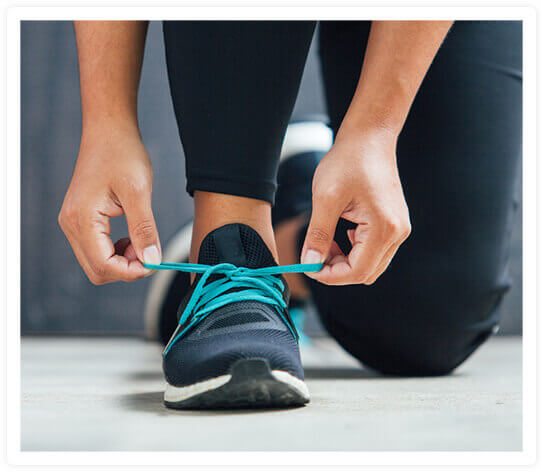Bite Injuries - Human Bites
Introduction
Human bite injuries result from fist fighting or the intentional act of biting to inflict harm. Bite injuries occur during fist fighting if the fist of one person strikes the teeth of another person.
Hand injuries from human bites can result in lacerations and injuries to the bones, joints, ligaments, tendons, nerves, blood vessels, and muscles.
Human bites are more dangerous than animal bites because they transmit higher concentrations of infectious bacteria. Human bites require prompt medical attention. Hand surgery may be necessary to properly clean wounds, and or to repair structural injuries.
Anatomy
The "knuckles" as they are commonly known, are the metacarpal phalangeal joints of the hand. Simply put, these are the joints where the hand attaches to the fingers. These joints are the ones most commonly affected when a tooth causes an injury after a punch in the mouth.
Causes
Human bite bacterial infections are usually caused by a staphylococcus or streptococcus species. However, Eikenella species are common organisms causing human bite infections.
Symptoms
Diagnosis
Surgery
Treatment
Animal bites that puncture the skin require careful cleaning. Wounds are usually kept open, instead of stitched shut, to help avoid infection. If you have an infection, you may receive oral antibiotic medication, antibiotic ointment, or IV antibiotics. Your wound will be loosely bandaged. Your doctor will provide you with home care instructions. It is very important that you attend your follow-up appointments so that your condition can be monitored.
You will most likely participate in hand therapy rehabilitation following non-surgical or surgical treatment of your injury. Your therapist will teach you exercises to help you gain range of motion, flexibility, coordination, and strength. Therapy will help to reduce swelling, pain, and stiffness. The extent of hand therapy rehabilitation that you receive depends on your injury and the type of treatment you had. The goal of hand therapy is to restore the function of your hand.
Recovery

Copyright © - iHealthSpot Interactive - www.iHealthSpot.com
This information is intended for educational and informational purposes only. It should not be used in place of an individual consultation or examination or replace the advice of your health care professional and should not be relied upon to determine diagnosis or course of treatment.
The iHealthSpot patient education library was written collaboratively by the iHealthSpot editorial team which includes Senior Medical Authors Dr. Mary Car-Blanchard, OTD/OTR/L and Valerie K. Clark, and the following editorial advisors: Steve Meadows, MD, Ernie F. Soto, DDS, Ronald J. Glatzer, MD, Jonathan Rosenberg, MD, Christopher M. Nolte, MD, David Applebaum, MD, Jonathan M. Tarrash, MD, and Paula Soto, RN/BSN. This content complies with the HONcode standard for trustworthy health information. The library commenced development on September 1, 2005 with the latest update/addition on February 16, 2022. For information on iHealthSpot’s other services including medical website design, visit www.iHealthSpot.com.






